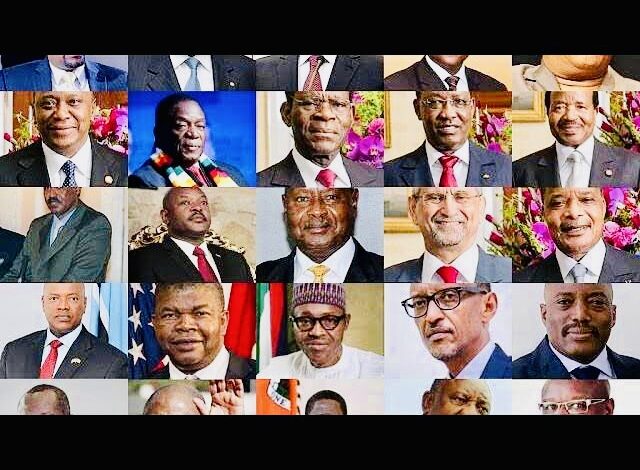
Avellon Williams
PORT-AU-PRINCE, HAITI- As gang wars spread throughout Haiti’s capital, Port-au-Prince, homeless and at-risk teenagers are being rounded up by gangs as foot soldiers in battles that have forced schools to close and engulfed neighborhoods.
Youth living on the streets and in shelters disappear as armed groups offer them money and protection. In a report on May 30, the Spanish news agency reported that a shelter near the National Palace was down to about 10 percent capacity after being targeted by the gang’s Ti Lapli, Bougoy, and 100 Jours.
In the weeks before the recent child recruitment reports, UN High Commissioner for Human Rights Michelle Bachelet expressed alarm at the extreme gang violence in Port-au-Prince, forcing thousands of families to flee.
Among the UN’s findings was that gangs were using minors as combatants and killing them for being informants. Gangs also impose control through sexual violence, including raping children as young as ten.
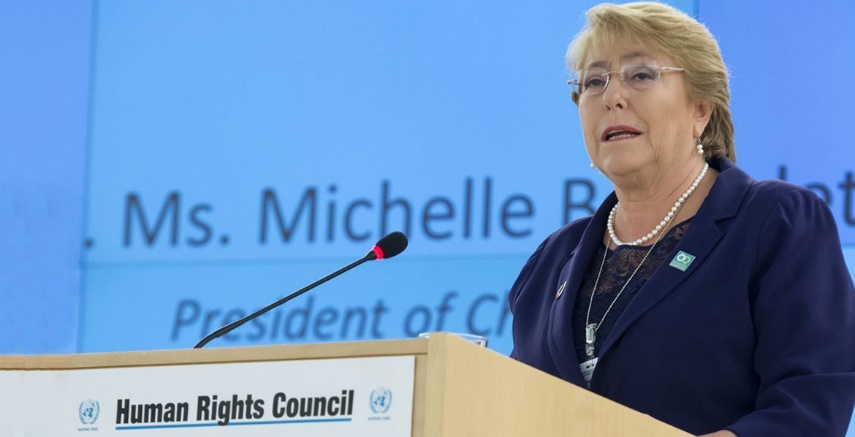
According to UNICEF, the UN children’s rights agency, gang violence forced the closure of almost 1,700 schools by early May and deprived half a million children without access to education.
Bruno Maes, UNICEF Representative in Haiti, said in the news release, “Giving children weapons to fight and using them as soldiers or spies is a violation of their child rights and condemned by both national and international laws.”

An online video circulating on social media depicting a young boy carrying an M4 rifle brought attention to gangs arming children in Haiti in early April. In the video, the boy wields a firearm while proclaiming his gang membership. A video was filmed in the fiercely contested neighborhood of Martissant at the southern entrance to the capital.
OVERVIEW OF CRIME ANALYSIS
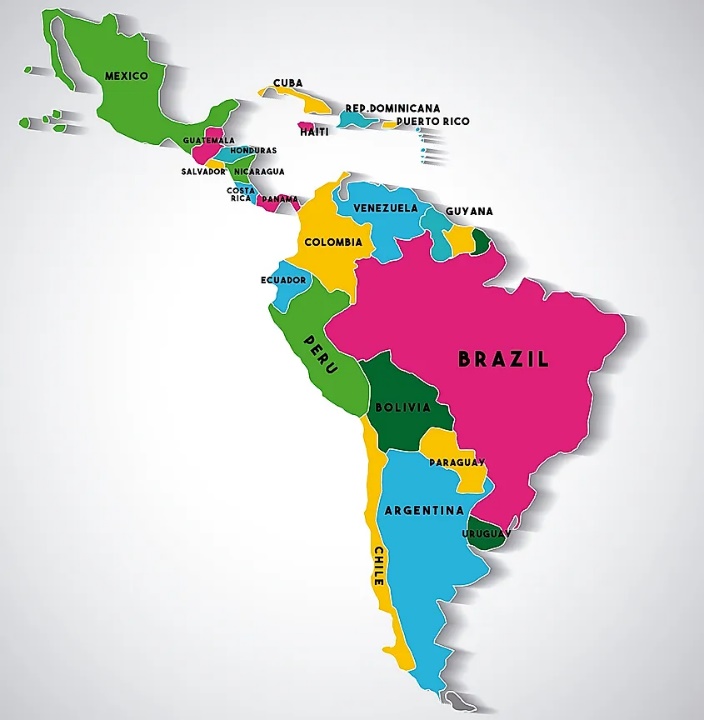
In Haiti, as in countries such as Colombia, Argentina, and Mexico, urban gangs have long used minors as lookouts and couriers for weapons and drugs. Due to increasing gang warfare in Haiti’s capital, youths are being pressed into street fights and recruited for gang warfare.
First discovered in the early 2000s, child recruitment in Haiti arose from the country’s fledgling gangs taking advantage of the instability and violence caused by political and economic turmoil. As per a 2008 report from the non-governmental organization Child Soldiers International, the gangs provided food and safety.
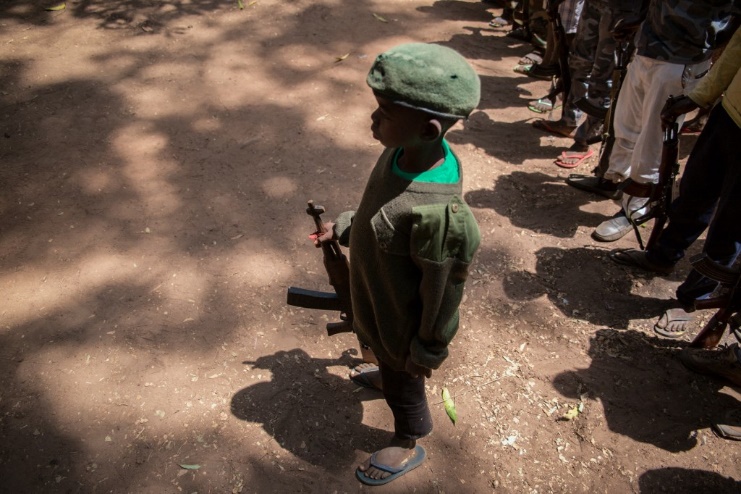
The report notes that the children were in return trained as messengers, watched over kidnap victims, and even conducted sabotage missions against UN peacekeepers, such as when very young children cut the brake cables of UN tanks during an operation to arrest gang leaders.
There were child combatants, but they were relatively rare. According to Eric Calpas, a researcher who has studied gangs in Haiti, many gang leaders in Martissant didn’t even allow young children to be near their soldiers. Around 2018, when sporadic gang violence in Port-au-Prince escalated into a criminal war, minors were armed with firearms in large numbers in Haiti.
“Today, because of the war situation … they are forced to recruit really broadly: adults and teenagers and children as young as 10 to 12 years old,” Calpas said.
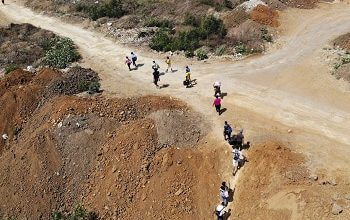
Since mid-2021, the battleground districts of Martissant and Croix-des-Bouquets have been hotspots for child recruitment. The 400 Mawozo gang, Haiti’s most notorious gang, was listed as the worst offender by Calpas. It uses intimidation to enlist minors and is waging an expansionist campaign in the northern parts of the capital.
The majority of underage recruits, however, join willingly, seeking emotional belonging as much as food and shelter, says Calpas. In this regard, they are more similar to the child aspirants of Central American street gangs like the MS13 than the often-forced conscripts of Colombia’s rural armed groups.
Today, certain Haitian gang leaders began as child recruits, notes Calpas, mirroring many of their Central American counterparts.



